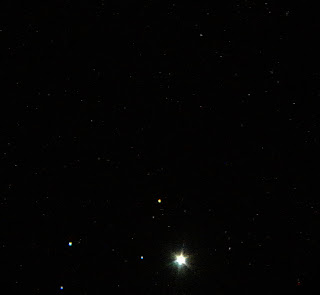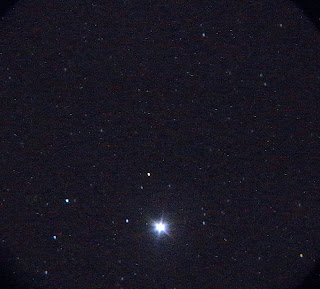It is Late Friday night early Saturday night. 24 degrees nearly balmy. I had to dust off this notebook as its been awhile since I have been out. Between cloudy nights, sleep and my health I have been away from my telescope much too long. I am a bachelor tonight, rested and ready for the night sky. Looks like my hands did not appreciate the cold by I am warming up. Tonight it was just some general observing to get re acquainted from where I left off. I was shiver with this short exposure to the late cold, I concentrated on the first star bright enough to grab my attention. I believe it to be Regulus according to my star charts and star software.. My equipment appeared to handle the cold well.Little or no issues with the cold for the short time I was observing. Me on the other hand managed only and hour before my hands began to pain me and my arthritis froze up my knee so bad I was unsure if I was able to manage my telescope back into the house. None the less the sky was very cooperative, no clouds or turbulence to be observed whatsoever. Just anight cold as it was to be appreciative of Gods handy-work


.
Regulus (α Leo, α Leonis, Alpha Leonis) is the brightest
star in the constellation Leo and one of the brightest stars in the night sky,
lying approximately 77.5 light years from Earth. Regulus is a multiple star
system composed of four stars that are organized into two pairs. The
spectroscopic binary Regulus A consists of a blue-white main-sequence star and
its companion, which has not yet been directly observed, but is probably a white
dwarf star. Located farther away is the pair Regulus B and Regulus C, which are
dim main-sequence stars.

